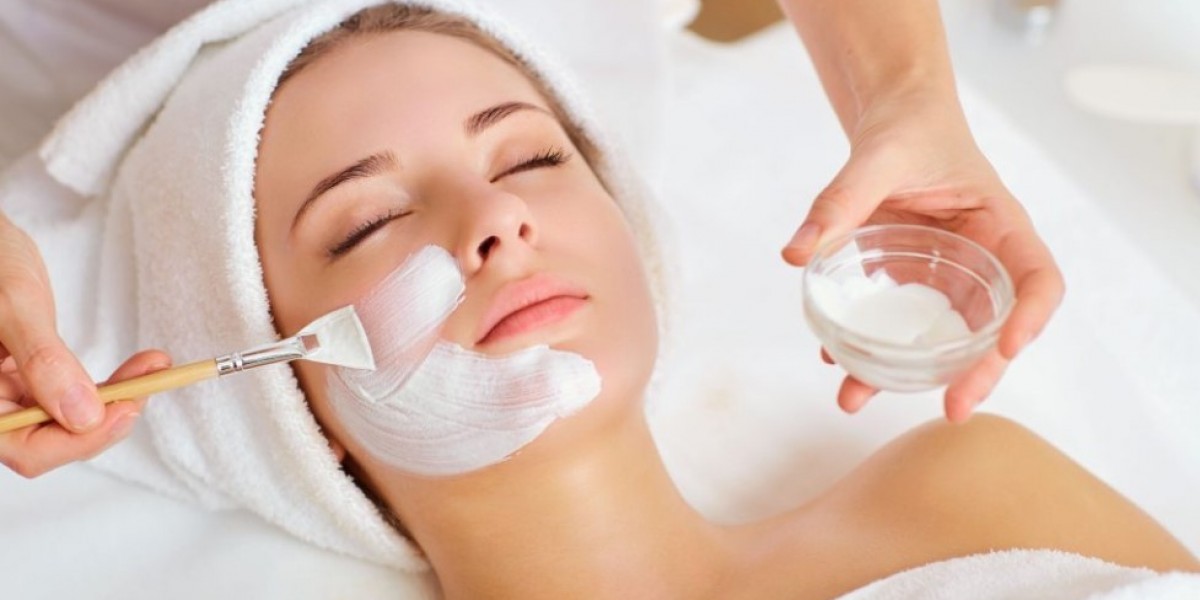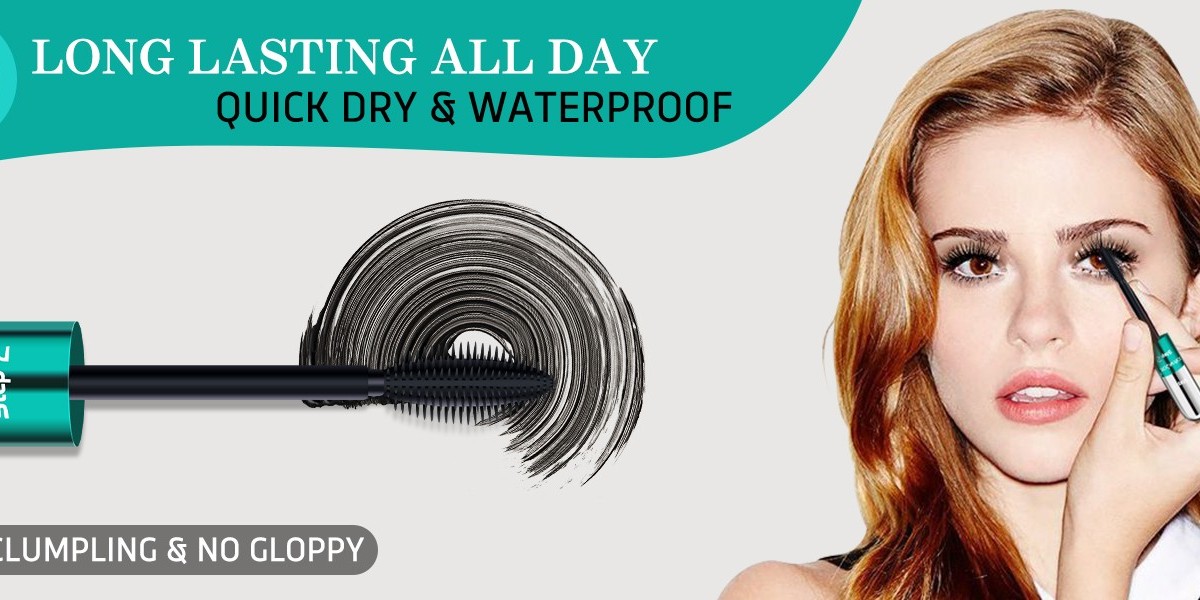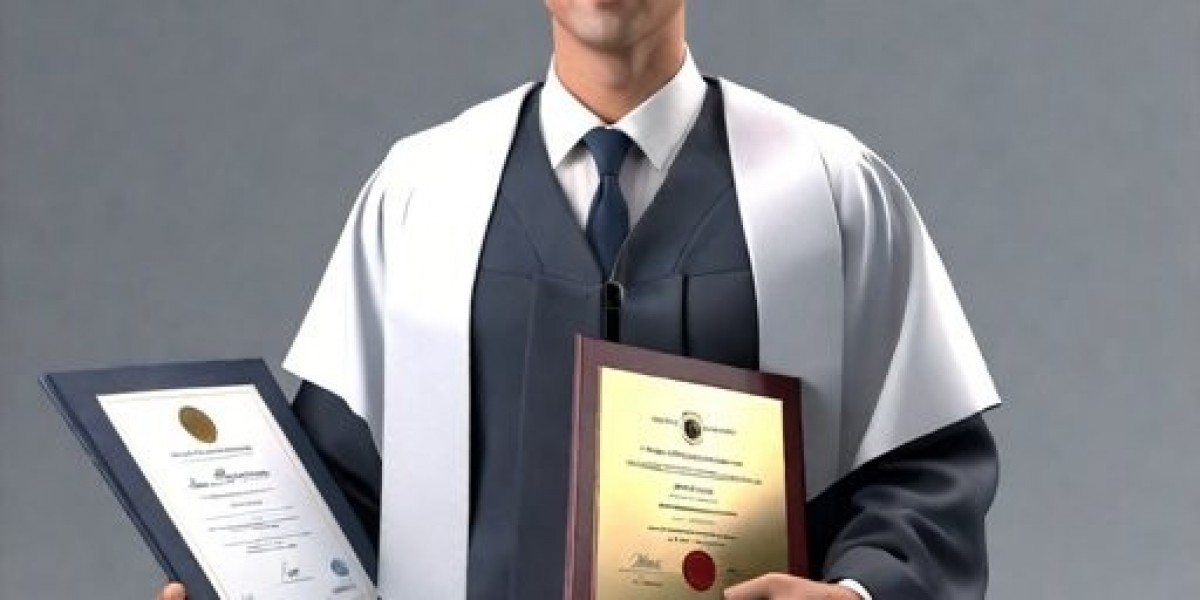Start with a clean canvas: Always begin with a freshly cleansed and moisturized face to ensure your makeup applies smoothly and evenly.
Use primer: Applying a primer before foundation helps to create a smooth base, minimize the appearance of pores, and helps your makeup last longer throughout the day.
Choose the right foundation shade: Select a foundation shade that matches your skin tone perfectly. Test foundation on your jawline to ensure it blends seamlessly with your neck and face.
Blend, blend, blend: Whether it's foundation, concealer, eyeshadow, or blush, blending is key to achieving a natural and seamless look. Use makeup brushes, beauty blenders, or your fingers to blend products evenly.
Less is more: Start with a small amount of product and build it up gradually. It's easier to add more makeup than to remove excess product.
Highlight your best features: Use highlighter on the high points of your face, such as the cheekbones, brow bone, and cupid's bow, to add dimension and glow to your complexion.
Set your makeup: After applying foundation and concealer, set your makeup with a translucent powder to minimize shine and help it last longer.
Define your brows: Fill in your eyebrows using a brow pencil, powder, or gel to frame your face and add definition.
Play up your eyes or lips: Choose whether you want to emphasize your eyes or lips. If you opt for bold eyeshadow, go for a neutral lip color, and vice versa, to keep the focus on one feature.
Experiment and have fun: Makeup is a form of self-expression, so don't be afraid to experiment with different colors, techniques, and products to find what works best for you. And remember, practice makes perfect!
By following these tips, you can enhance your natural beauty and achieve a flawless makeup look.
Skin Preparation:
- Start with cleansing your face to remove any dirt, oil, or previous makeup residue.
- Apply a suitable moisturizer according to your skin type to hydrate and prep the skin for makeup application.
- Use a primer specific to your skin concerns, such as pore-minimizing primer for large pores or hydrating primer for dry skin. This creates a smooth base for foundation application and helps makeup last longer.
Foundation Application:
- Choose a foundation formula (liquid, powder, cream) based on your skin type and coverage preference.
- Use a foundation brush, makeup sponge, or your fingers for application, starting from the center of your face and blending outwards.
- Pay attention to areas that need more coverage, such as blemishes or redness, and build the foundation gradually for a natural finish.
- Buff the foundation into the skin using circular motions to ensure even distribution and seamless blending.
Concealer Technique:
- Select a concealer that matches your skin tone for blemishes and a slightly lighter shade for under-eye circles to brighten and correct.
- Apply concealer sparingly to targeted areas using a small brush or sponge, then gently blend with tapping motions for a seamless finish.
- Set the concealer with a translucent powder to prevent creasing and ensure long-lasting coverage.
Eye Makeup Application:
- Prime the eyelids with an eyeshadow primer to enhance color payoff and prolong wear.
- Use a combination of eyeshadow shades to create depth and dimension, starting with a transition shade in the crease and building up darker shades on the outer corner.
- Apply eyeliner close to the lash line to define the eyes, choosing between pencil, gel, or liquid formulas based on the desired intensity.
- Curl your lashes with an eyelash curler before applying mascara for added lift and volume.
- Finish with mascara application, wiggling the wand from the roots to the tips of the lashes for maximum length and separation.
Brow Shaping:
- Fill in sparse areas of the eyebrows using a brow pencil, powder, or gel in short, feathery strokes to mimic natural hair.
- Define the arch and tail of the brows for a polished look, ensuring symmetry between both eyebrows.
- Set the brows in place with a clear brow gel or tinted brow mascara for long-lasting hold.
Cheek Contouring and Blush Placement:
- Contour the hollows of the cheeks, temples, and jawline with a matte bronzer or contour powder to add dimension and warmth to the face.
- Apply blush to the apples of the cheeks with a fluffy brush, blending upwards towards the temples for a youthful flush of color.
- Use a highlighter on the high points of the face, such as the cheekbones, brow bone, and cupid's bow, to add luminosity and a healthy glow.
Setting and Finishing:
- Set your makeup with a finely-milled translucent powder to minimize shine and lock everything in place.
- Mist your face with a setting spray to melt all the makeup layers together and provide a long-lasting finish.
- Use a makeup sponge to gently press the setting spray into the skin for a seamless and dewy complexion.
Lip Makeup:
- Exfoliate your lips to remove any dry or flaky skin, then apply a lip balm to hydrate and prep the lips.
- Outline the lips with a lip liner to define the shape and prevent feathering or bleeding.
- Fill in the lips with lipstick or lip gloss using a lip brush or directly from the bullet, starting from the center and blending outwards for even coverage.
- Blot the lips with a tissue and reapply lipstick for added intensity and longevity.
By following these technical tips, you can achieve a professional-looking makeup application with precision and finesse. Practice and experimentation will help you refine your skills and develop your unique makeup style.







